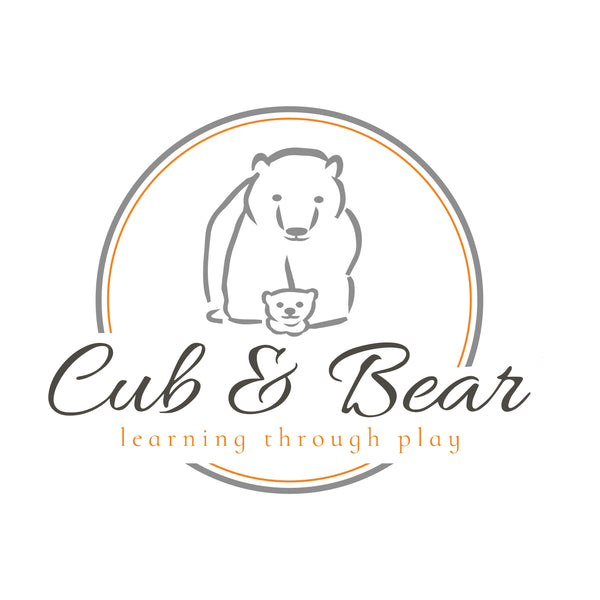Cultivating a Nature-Friendly Space: Welcoming Wildlife to Your Garden
As February draws to a close, let’s focus on how we can create nature-friendly spaces in our gardens. By fostering an environment that supports local wildlife, we can play a vital role in preserving biodiversity and encouraging children to connect with nature.
The Importance of Nature-Friendly Gardens
Nature-friendly gardens provide essential habitats for wildlife, including birds, insects, and small mammals. By creating spaces that support these creatures, we nurture a sense of responsibility and appreciation for the natural world in our children.
Tips for Creating a Nature-Friendly Garden
Here are some practical tips for making your garden more inviting for wildlife -
- Plant Native Species: Choose plants that are native to your region, as they provide food and shelter for local wildlife. Native plants are adapted to the local climate and require less maintenance.
- Provide Food Sources: Set up bird feeders, squirrel feeders, and insect hotels to provide food and shelter for wildlife. Consider planting flowers that attract bees and butterflies.
- Create Shelter: Incorporate natural features like log piles, rockeries, or wild areas to provide shelter for small mammals and insects. These areas can serve as safe havens for wildlife.
- Avoid Chemicals: Embrace organic gardening practices by avoiding pesticides and herbicides. This promotes a healthy ecosystem and protects beneficial insects.
Engaging Children in Nature-Friendly Gardening
Creating a nature-friendly garden can be a fun and educational experience for children. Here are some ideas to involve them -
- Garden Projects: Involve your children in planning and planting a wildlife garden. Let them choose plants and create habitats that attract different animals.
- Wildlife Observation: Encourage your children to observe and document the wildlife they see in the garden. They can create nature journals to record their findings.
- Crafts and Activities: Use natural materials from the garden to create crafts, such as bird feeders made from pinecones and peanut butter. This hands-on activity reinforces the connection between gardening and wildlife.
Fostering a Love for Nature in Our Gardens
As we embrace the beauty of February and the awakening of nature, let’s take steps to create gardens that support wildlife. By nurturing a love for nature in our children, we instill values of stewardship and responsibility. At Cub & Bear, we’re excited to inspire families to cultivate nature-friendly spaces throughout the year.
Join us next month as we explore March’s theme of Spring’s Arrival and Flowers. We look forward to celebrating the vibrant colours and scents of spring with you!

